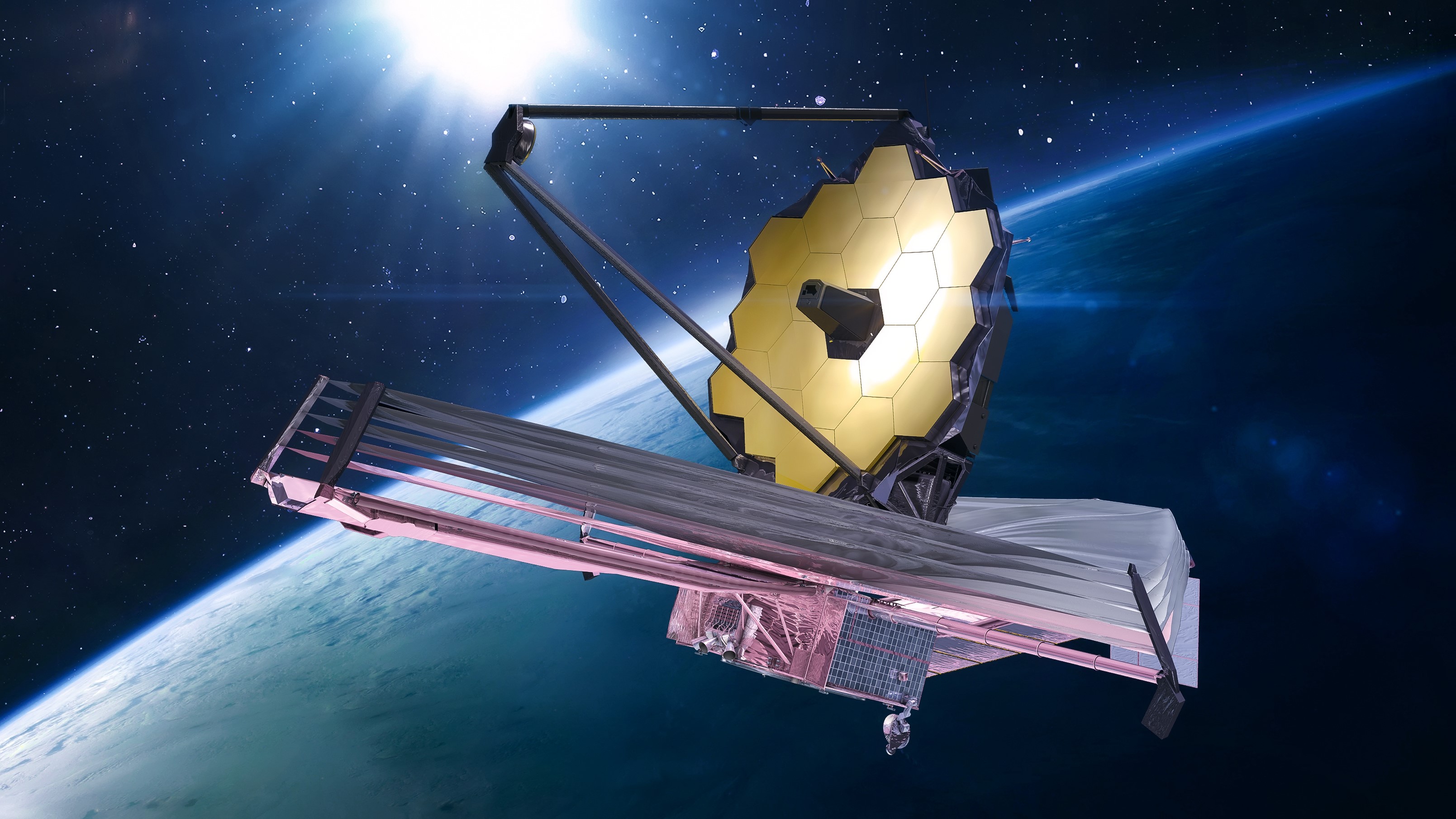On Wednesday, NASA administrator Bill Nelson said that the agency will reveal the “deepest image of our universe that has ever been taken” on July 12, thanks to the newly operational James Webb Space Telescope.
“If you think about that, this is farther than humanity has ever looked before,” Nelson said during a press briefing at the Space Telescope Science Institute in Baltimore, the operations center for the $10 billion (nearly Rs. 78,900 crores) observatory that was launched in December last year and is now orbiting the sun a million miles (1.5 million kilometers) away from Earth.
A wonder of engineering, Webb canurther into the cosmos than any telescope before it, thanks to its enormous primary mirror and its inserts that focus on infrared, allowing it to peer through dust and gas.
“It’s going to explore objects in the solar system and atmospheres of exoplanets orbiting other stars, giving us clues as to whether potentially their atmospheres are similar to our own,” added Nelson, speaking via phone isolating with COVID-19.
“It may answer our questions: Where do we come from? Who are we? What is more out there? And, of course, it’s going to answer some questions that we don’t even know what the questions are.”
Webb’s infrared capabilities allow it to see deeper back in time to the Big Bang, which happened 13.8 billion years ago.
Because the universe is expanding, light from the earliest stars shifts from the ultraviolet and visible wavelengths it emitted to longer infrared wavelengths — which Webb is equipped to detect at an unprecedented resolution.
At present, the earliest cosmological observations date to within 330 million years of the Big Bang, but with Webb’s capacities, astronomers believe they will easily break the record.

20-year life
In more good news, NASA deputy administrator Pam Melroy revealed that thanks to an efficient launch by NASA’s partner Arianespace, the telescope could stay operational for 20 years, double the originally envisaged lifespan.
“Not only will those 20 years allow us to go deeper into history and time, but we will go deeper into science because we have the opportunity to learn and grow and make new observations,” she said.
NASA also intends to share Webb’s first spectroscopy of a faraway planet, an exoplanet, on July 12, said NASA’s top scientist Thomas Zurbuchen.
Spectroscopy is a tool to analyze distant objects’ chemical and molecular composition A planetary spectrum can help characterize its atmosphere and other properties, such as whether it has water and what its ground is like.
“Right from the beginning, we’ll look at these worlds out there that keep us awake at night as we look into the starry sky and wonder as we’re looking out there, is there life elsewhere?” said, Zurbuchen.
Nestor Espinoza, an STSI astronomer, told AFP that previous exoplanet spectroscopies carried out using existing instruments were very limited compared to what Webb could do.
“It’s like being in a very dark room, and you only have a little pinhole you can look through,” he said of current technology. Now, with Webb, “You’ve opened a huge window; you can see all the little details.”











